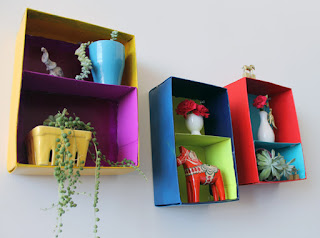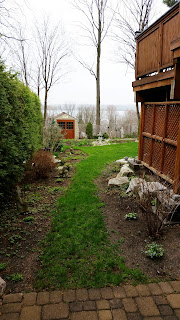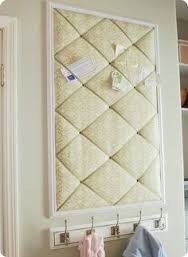One area I touch on is saying no more often. I believe when we say no more often to things that are not aligned with our core values and ultimate goals we create time for other adventures to enter our lives.
A mentor of mine taught me an amazing couple of sentences to learn how to say no with never having to use the word no. When someone asks you to do something it usually never has to be answered right then and there, so the brilliant first sentence is: "I need to check my schedule, when do you need to hear back by?"
This gives me time to truly think over the situation and see if it hits some key points in my life; will it generate money for work?
Will it help my family in anyway?
Will it contribute to my community?
Does this match up with my values and goals? If you can say yes to most of these questions it is a good idea to go further and ask yourself; Do I have enough time to dedicate to this?
Will it interfere with other commitments I have?
Is there anything else I need to know about this before I make a final decision?
Once you have come to a decision you can always let the person know by or before the date they needed to hear back by and say, the second brilliant sentence; "I am sorry but at this time it is not a good fit for me." Once again a clear message but never using the word no.
If you fear saying no there are some things we need to look at: why? is it fear of commitment? fear of letting someone down? being seen as a rude person? Fear of confrontation? all these fears will keep us saying yes when every fibre of our being is screaming NO. Let's look at this in reality, when we are in fear we make poor choices. Let's look at fear of confrontation or letting someone down: If someone were to say no to you how would you react? Maybe be a bit disappointed but move on to the next person who you feel would be a good fit, feel a bit sad but you move through the feeling. So I ask you why would others react any different than you would? We create unrealistic scenarios in our heads of how others will react and it keeps us saying yes and we will continue to waste time on things that do not match with our goals and values. If we say yes to everyone we will be too booked to be open to new adventures that we actually want to do.
My challenge to you is to no more often, you deserve to be spending time on things that inspire you and will help you toward where you want to be.
Let me know how it went for you!





















































